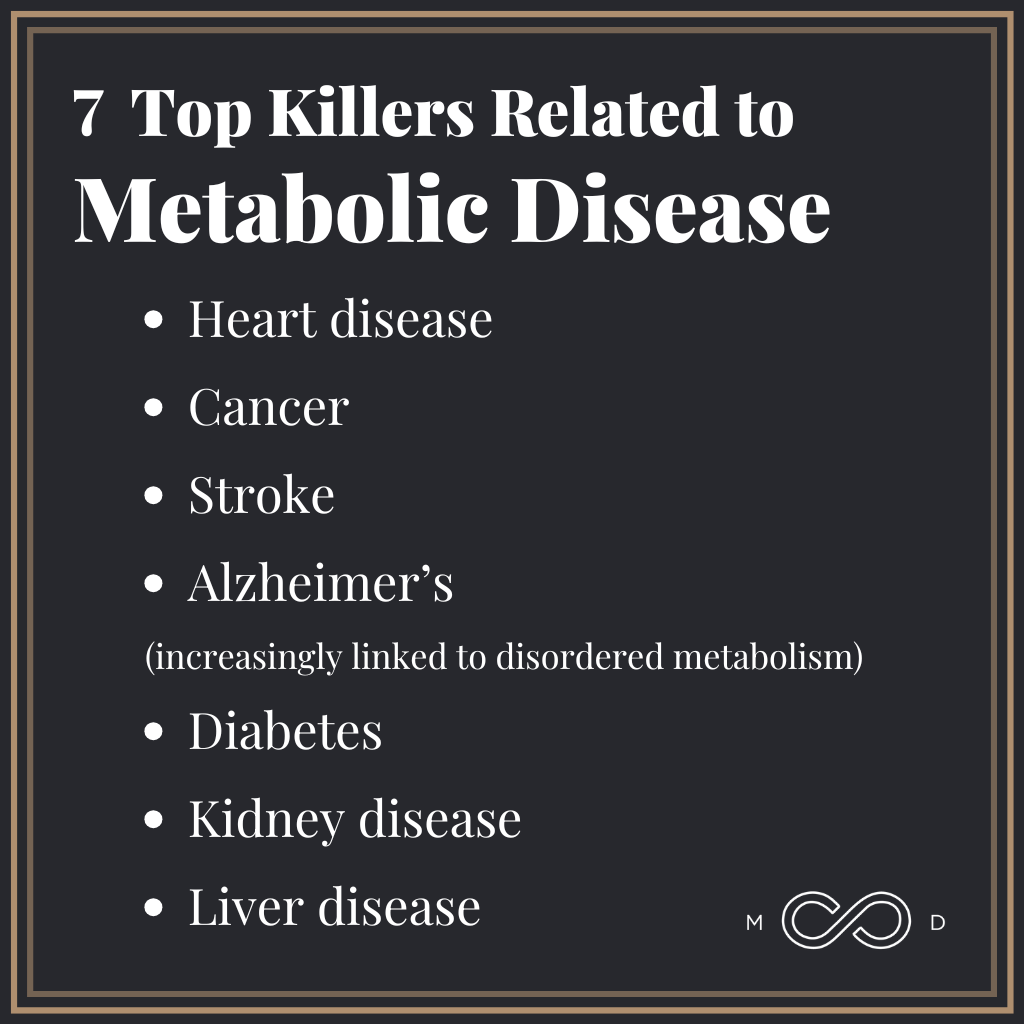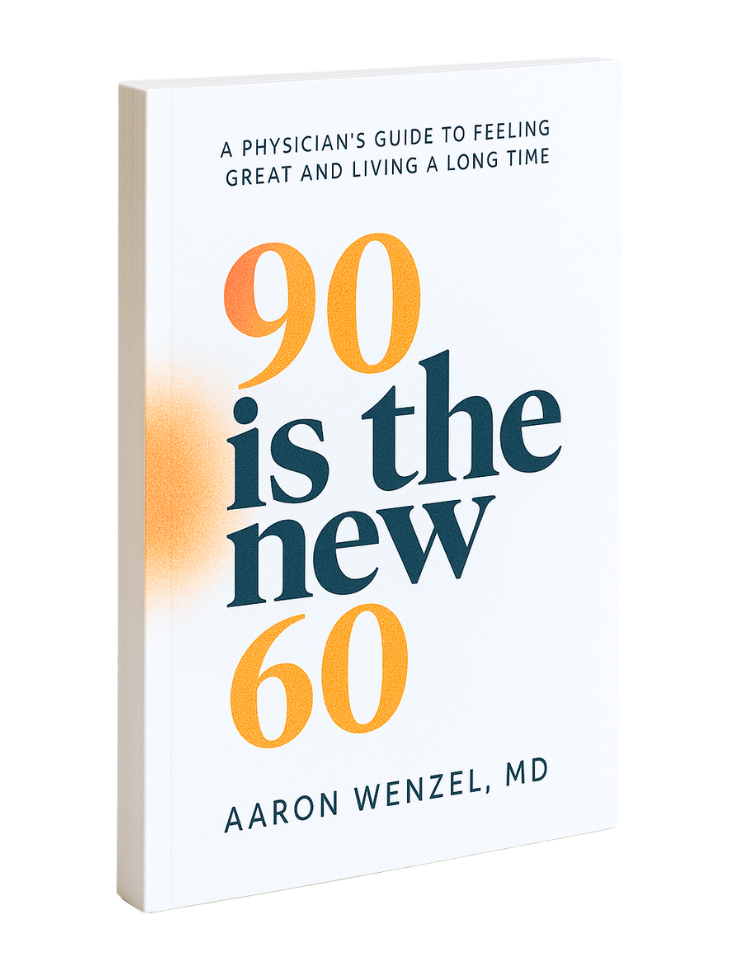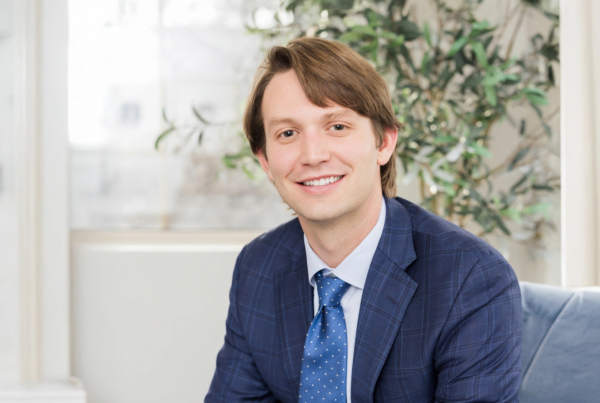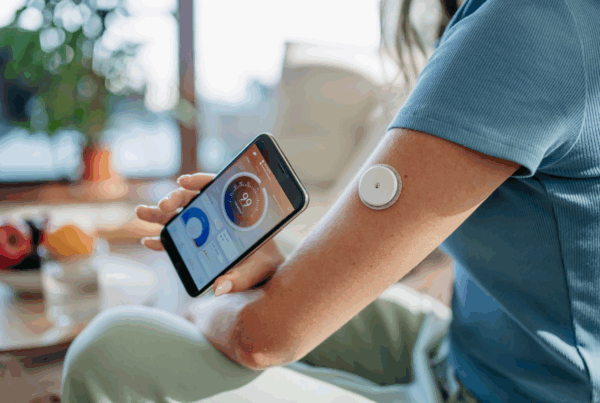Download file | Play in new window | |
What we call “healthcare” in America isn’t really healthcare at all.
Does that surprise you, coming from a doctor? Let me tell you how I got there.
Early in my career, I left family practice because of a deep frustration that still haunts many physicians today. Despite my best efforts and genuine desire to help people, I rarely saw patients get better. With 5,000-person patient panels and tight restrictions on time, I never seemed to have the time or the resources to make a real difference for the people coming to me for help.
I followed established protocols, yet everyone’s disease got worse over time. But as long as they got worse “within guidelines,” that was considered acceptable medical care.
So I switched to emergency medicine, where at least I could go home feeling like I’d made a real difference in someone’s life each day. Still, I witnessed thousands of deaths and hundreds of ways to die, and a striking pattern emerged: So many of these deaths were avoidable.
Very few people died at peace and pain-free, with their exit being a celebration for their family. Most deaths were terrible, tragic, and often stemmed from a fairly narrow selection of long-term illnesses that had been brewing for decades.
Today, I call our modern medical system “sick care” vs. healthcare — not as some childish epithet but as a recognition that while we’ve optimized the system to manage illnesses, we’ve almost entirely ignored promoting and sustaining health.
The Evolution of Sick Care vs. Healthcare: How We Got Here
As far as I know, our current medical system wasn’t designed with malicious intent. It evolved logically based on historical needs, and in many ways, it’s been remarkably successful.
DOWNLOAD OUR FREE EBOOK
Concierge Medicine is the future of healthcare.
Learn more about this refreshing alternative to traditional primary care, and decide if it's right for you.
Key Considerations to decide...
Is Concierge Medicine Right for You?
In the early 1900s, life expectancy was around 50 years. Going back to the 1890s, it was in the 40s. Humans living a long time en masse is genuinely new.
For most of human history, our youngest and healthiest men went to war between ages 15 and 24. If you didn’t die in battle, you died from pneumonia or a cut that got infected and turned septic. Physicians didn’t wash their hands for surgery. Water quality was dicey. Food could be scarce. Life was brutally hard, and living a long time simply wasn’t practical.
When the light microscope was discovered, followed by penicillin, everything changed. We discovered an entire universe of microorganisms and gained the ability to prevent many deaths that we’d been helpless against before.
During this era, the concept of living a long time wasn’t even in people’s minds. Their focus was simple: “I don’t want to die now.”
We began to optimize for the things that kill you fast. Infection, heart attack, stroke. And today, we’ve become exceptional at addressing those emergencies. We have hundreds of millions of patient-years of data telling us the gold standard best practices. Whether you’re in small-town East Tennessee or thriving downtown Houston, you get the same excellent care, and outcomes have never been better.
But now we have a new problem. Since we aren’t dying from the things that historically killed us quickly, we’re living long enough to suffer with conditions that kill us slowly.
We have excellent protocols for what to do once diseases reach a critical stage — once you have a heart attack, once you develop advanced cancer, or once you need dialysis. But we haven’t optimized for the slow killers that precede that stage.
What Sick Care Actually Is
What we call healthcare today is actually disease management at scale. Every system, every process, every protocol we have is designed to manage someone’s disease, not make them well. When the management techniques don’t work, we have further processes and treatment centers to access. But none of these people get cured.
Diabetes, for example, always progresses in the sick care model. It’s just managed better or worse.
Consider some of our most prestigious institutions. If you have cancer, you want to get treatment at MD Anderson, one of the world’s premier cancer centers. They’re experts at facing off with cancer once it’s found and using the most cutting-edge tools to fight it.
But what if you want to prevent cancer? If you walk into MD Anderson and say, “How can I make sure I’m doing everything I can to not get cancer?” they have very little to tell you. Instead, it’ll be, “Come back when you have cancer. Then we can help you.”
Same thing at the Cleveland Clinic for heart disease. If you say, “I want to make sure I’m doing everything I can so I don’t have a heart attack,” they may ask about your symptoms and risk factors. If you have none, all they can offer is the standard “Eat less, exercise more, and come back if you start having symptoms.”
This isn’t the doctors’ fault. They’re doing their best within a highly matured, highly profitable sick care model. The system’s incentives are completely misaligned to one area — disease treatment and management. Insurance companies need something tangible to treat if they’re going to pay. You’ll even have a hard time qualifying for certain measures until you’re “sick enough.”
One of the most frustrating examples of this is the “borderline diagnosis.” When a doctor tells someone they have borderline diabetes, that person feels relief. “Whew, escaped that one for another year.”
But that’s not how most disease works. No one wakes up one day with diabetes. It exists on a spectrum, developing incrementally over years and decades. Telling someone they have “borderline” diabetes means they’ve already moved out of optimal ranges, into suboptimal ranges, and arrived in early-stage disease.
The sick care system is further constrained by physicians having to see 30 to 40 patients per day. They’re doing the best they can, but this exhausted reality leaves little time for updating diagnostic methods, staying current with the latest developments, or spotting patterns in each unique individual’s personal history and lifestyle.
Insurance companies notoriously don’t pay for cutting-edge technologies, so patients don’t get the care they deserve, and doctors don’t get the infrastructure to treat patients as they might wish.
What Real Healthcare Looks Like
True healthcare is what you spend at Whole Foods or Central Market. It’s your gym membership, your Pilates class, your massage, your personal trainer. That’s healthcare, and your insurance doesn’t pay for any of it.
Healthcare focuses on prevention and optimization rather than crisis management. It’s about delaying — and potentially preventing — the diseases most likely to take you off the planet early.
Seven of the top 10 killers of humans are driven (directly or indirectly) by something called metabolic disease. They are:
- Heart disease
- Cancer
- Stroke
- Alzheimer’s (increasingly linked to disordered metabolism)
- Diabetes
- Kidney disease
- Liver disease
After my experience in the ER, I realized that instead of waiting for crises, we could focus on delaying the onset of metabolic disease. If we could accomplish that, we could extend most people’s lifespan by years — possibly decades.
That’s how I practice healthcare today. I maintain a small patient panel so that I get to know each one as the unique individual they are. We establish what their goals are, and I monitor and support their health over time to help them achieve those goals.
I often say that the foundation of real healthcare rests on what I call the three pillars of health: how you feed your body, how you move your body, and how you recover your body. We are living organisms that require attention to all three of these areas every day.
Most people can make meaningful improvements by focusing on at least one of these pillars. When I investigate whatever health issue a patient is trying to address, I almost always find a need to eat a little better, move the body a little better, or recover a little better.
The best part? If you intervene in these areas early enough, you stop a lot of dysfunction before it becomes illness.
Taking Ownership: Your Role in Real Healthcare
In the sick care system, no one will advocate for you except you. Not your insurance company, and maybe not even your doctor.
You must become the loudest person on your healthcare team. This requires a fundamental belief system: You have to believe it’s possible to add quality and quantity to your life, and you have to believe it’s worth the effort.
Without that belief system, you won’t have the persistence needed to make meaningful changes. Once your mindset is right, you have to build your team — people aligned with your values and goals who can guide you on this journey.
The most actionable step you can take is getting early insight into your metabolic efficiency. For example, most people — even diabetic patients — don’t get their fasting insulin level measured. Insurance doesn’t pay for this (cheap) test, so doctors don’t offer it.
But a fasting insulin level gives you visibility into insulin resistance years before it shows up in other markers, including fasting glucose. You could have the same blood sugar two years in a row, but if your insulin level triples, you’re becoming significantly more insulin resistant. Without eyes on it, you think everything’s fine — until suddenly you’re on multiple medications.
Sick care sits back and waits for disease to manage. Healthcare intervenes early to prevent and delay.
Sick Care vs. Healthcare: Final Thoughts
Sick care will always exist, and, at its core, we should be grateful for it. If you have a life-threatening emergency in the next 30 minutes, there’s no better place on earth to be than the ER.
But for longevity and vitality — for the possibility of living into your 90s with the energy of someone in their 60s — you have to step outside that system.
The infrastructure for real healthcare exists if you choose to find and invest in it. It requires taking ownership of your health journey, building the right team, and focusing on the fundamentals that actually determine how long and how well you live.
Healthcare is what prevents you from needing sick care. While we need both, they serve very different purposes. I know which one I’ll turn to in an emergency — and which one I’ll seek out for a good, long life.
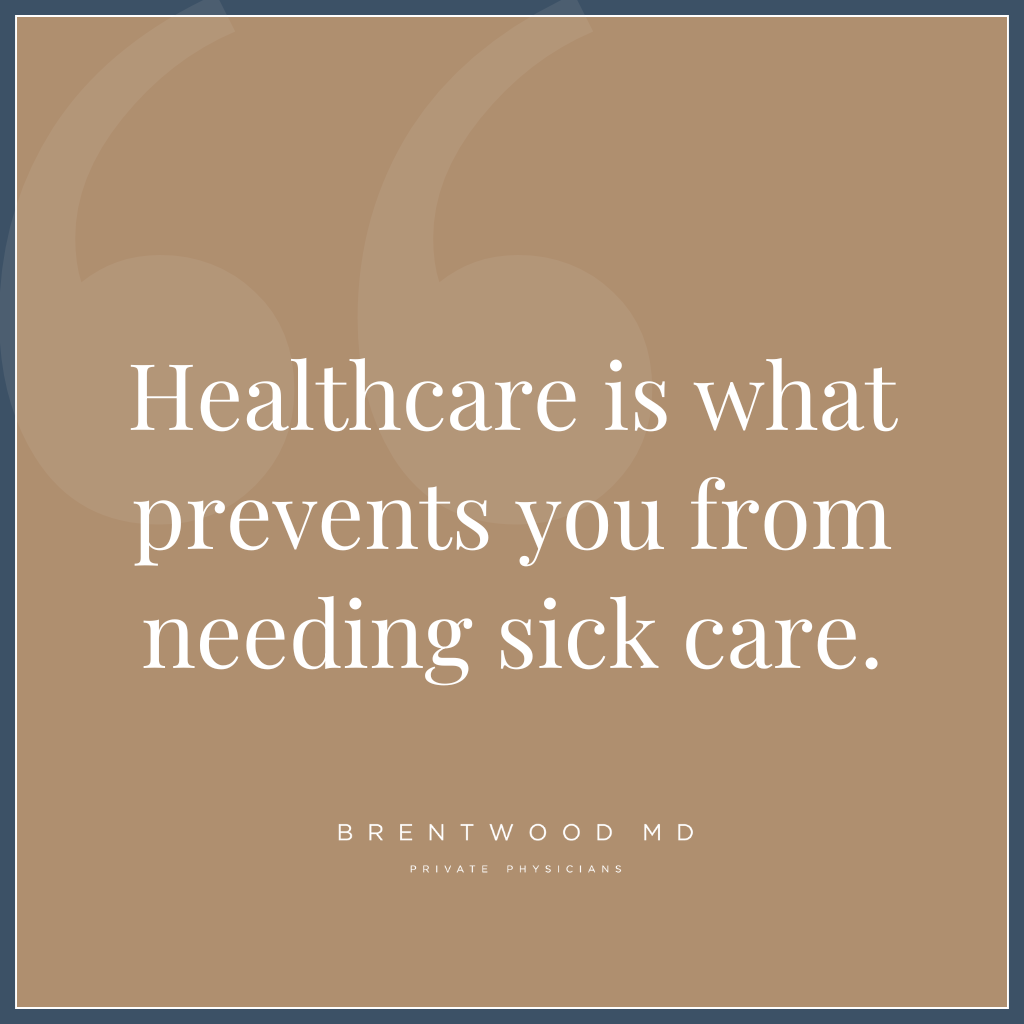
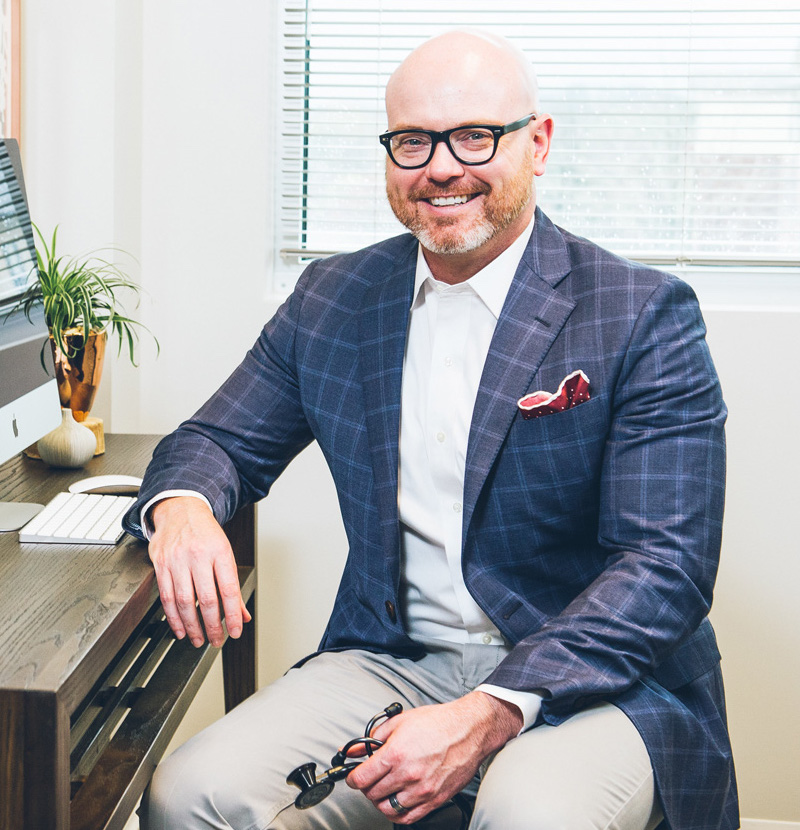
Dr. Aaron Wenzel is a concierge physician specializing in the care of fast-moving entrepreneurs, executives, and public figures in the Nashville, TN area. Dr. Wenzel’s diverse life experience and extensive training in family medicine, emergency care, nutrition, and hormone replacement therapies give him the unique platform to provide unmatched care for his patients.




